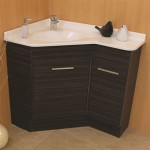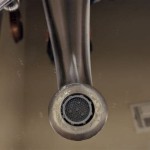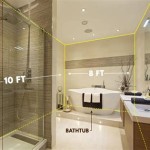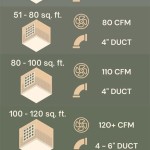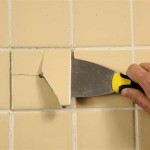Chrome vs. Nickel Bathroom Faucet: Unveiling the Differences
Choosing the right bathroom faucet is a crucial decision. While both chrome and nickel are popular finishes, they offer distinct advantages and drawbacks, making the selection process a critical one. This article will outline the key differences between chrome and nickel bathroom faucets by exploring their appearance, durability, and maintenance requirements, enabling you to make an informed choice for your bathroom remodel.
Appearance: Shining Bright or Subtle Elegance?
The aesthetic appeal of a bathroom faucet is paramount for many homeowners. Chrome and nickel finishes present contrasting visual characteristics. Chrome, a highly reflective surface, tends to exhibit a bright, shiny appearance, adding a touch of modern elegance to the bathroom. Conversely, nickel, available in various finishes like brushed nickel or satin nickel, offers a more subtle, understated beauty. Brushed nickel, in particular, has a matte finish that creates a sophisticated, contemporary look. The choice between chrome and nickel depends on the desired ambiance and the overarching design theme of your bathroom.
Durability: Resisting the Test of Time
In terms of durability, both chrome and nickel bathroom faucets are known for their resilience. Chrome, a harder and more resistant metal, boasts superior scratch and corrosion resistance. This makes chrome a reliable choice for high-traffic areas, where the faucet is exposed to frequent use and potential damage. Nickel, while slightly softer, is still a durable material that can withstand everyday wear and tear. Brushed nickel, particularly, displays a greater resistance to fingerprints and water spots compared to polished chrome.
Maintenance: Keeping Your Faucet Sparkling
The maintenance requirements for chrome and nickel bathroom faucets are relatively similar. Both finishes can be easily cleaned using a soft cloth and a mild soap solution. To avoid water spots and streaks, it is recommended to wipe the faucets down after each use. However, chrome faucets may require more frequent cleaning due to their tendency to attract fingerprints and watermarks. In contrast, brushed nickel's matte finish helps to mask these imperfections, requiring less frequent cleaning. Although both materials are generally easy to maintain, neglecting their upkeep can lead to the accumulation of grime and mineral deposits, dulling their shine over time.
Beyond Looks: Other Considerations
While appearance, durability, and maintenance are key factors, other aspects should be considered when choosing between chrome and nickel bathroom faucets. The cost of each finish can vary, with chrome often being more affordable than nickel. However, the cost differential should be weighed against the potential longevity and durability of each option. Additionally, consider the overall design theme of your bathroom. Chrome, with its sleek, modern look, may complement contemporary designs, while nickel, particularly brushed nickel, can enhance a more traditional or farmhouse style. Ultimately, the best choice depends on individual preferences and the desired aesthetic for your bathroom.

Brushed Nickel Vs Chrome Learn The Difference Choose Right Faucet Finish

Chrome Vs Brushed Nickel Stainless Steel Kitchen Hardware
Brushed Nickel Vs Chrome Learn The Difference Choose Right Faucet Finish

Brushed Nickel And Chrome Which Is The Better Bathroom Faucet

Brushed Nickel And Chrome Which Is The Better Bathroom Faucet

Knowing Brushed Nickel Faucet Vs Chrome Differences And Similarities Arad Branding

Brushed Nickel And Chrome Which Is The Better Bathroom Faucet

Polished Chrome Versus Nickel San Marino Ca Patch

The Main Differences Between Polished Nickel And Chrome

What S The Difference Chrome Vs Brushed Nickel Bathroom Fixtures
Related Posts
